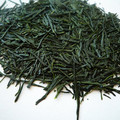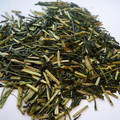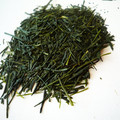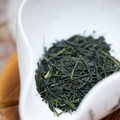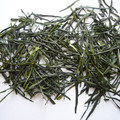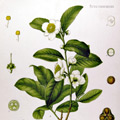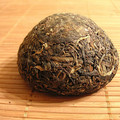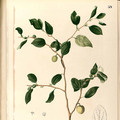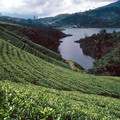Japan - Japan
Tea by type
Tea by region
Tea by years and other
Sencha Ohira 2012
 1 review
1 reviewTea is an originally packaged in Japan and stored at low temperatures in Slovakia, which guarantees exceptional freshness. Packing: vacuum, 50 grams (packed in Japan) The infusion is smooth and a gentle, savory flavors, perfectly balanced taste without any disturbing elements, the tea will melt away on the tongue like morning dew, a pleasant, refreshing
Kabusé Okuyutaka 2012
 2 reviews, 1 comment
2 reviews, 1 commentPacking: vacuum, 50 grams, packaged in Japan Tea is an original packaged in Japan and stored at low temperatures in Slovakia, which guarantees exceptional freshness. The smell of hot tea leaves: strong, penetrating, the smell of freshly baked bread Color: greenish, clear Taste: sweetish, with a very thin bitter edge with a distinctive aftertaste
Theme
Quotes
„Nèi fēi (内飞 or 內飛): A small ticket originally stuck on the tea cake but now usually embedded into the cake during pressing. It is usually used as proof, or a possible sign, to the authenticity of the tea. Some higher end pu'er cakes have more than one nèi fēi embedded in the cake. The ticket usually indicates the tea factory and brand.“
Latest posts
07.06.2025 @ 07:48:53 - lalo233:
The unforgiving landscapes of Arrakis in Dune: Awakening demand a mastery of combat....
07.06.2025 @ 07:48:50 - lalo233:
The unforgiving landscapes of Arrakis in Dune: Awakening demand a mastery of combat....
01.01.2016 @ 18:14:35 - Eternal Spring:
WeRateTea.com wish you all the best for 2016!...
07.12.2015 @ 09:07:02 - sypalino:
I decided to taste this tea 2 weeks after delivery. The cake is lightly pressed, so...
09.11.2015 @ 21:58:19 - Eternal Spring:
Comparison of 2013 Bada Pu-erh.sk with <a...
09.11.2015 @ 09:34:07 - Eternal Spring:
Lao Yu 2013 is now about 2,5 years old tea and out of this 1,5 year stored in Europe....
09.11.2015 @ 09:33:11 - Eternal Spring:
Comparison of all three Lao Yu is now done :)
15.10.2015 @ 11:06:37 - Eternal Spring:
2015 Chawangpu Collection – I can only tell, that all teas are very good :)
09.10.2015 @ 10:31:19 - Eternal Spring:
It was quite long and difficult tasting to make a decision… There is still quite...
24.01.2015 @ 16:55:57 - Eternal Spring:
WeRateTea.com wish you all the best for 2015!...
Tea by region
We will help you with tea selection.
Do you like quality loose tea?
We will help you to find the right one for you. Be inspired by tea ratings of other tea lovers. Rating stars could help you.


Review your cup of tea.
Review the tea you are drinking and help other tea lovers to find the right cup of tea.






 Shops
Shops
